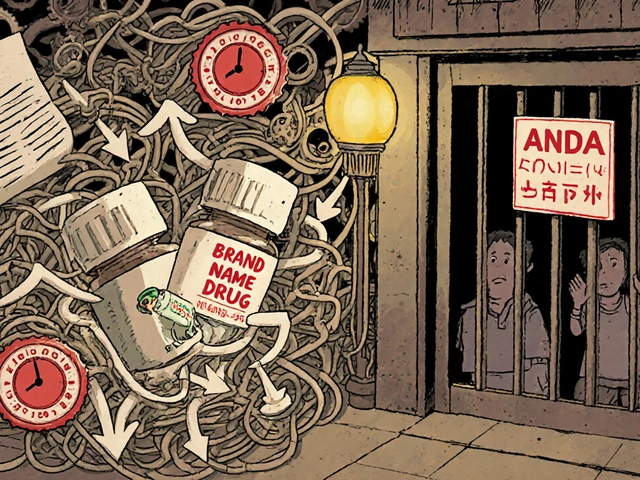Throat Culture: What It Is, Why It's Done, and What You’ll Find in Test Results
When your throat hurts and doesn’t improve after a few days, your doctor might order a throat culture, a lab test that identifies bacteria or fungi causing throat infections. Also known as a throat swab culture, it’s one of the most common ways to confirm if you have a bacterial infection like strep throat. Unlike a rapid strep test that gives quick results but can miss some cases, a throat culture takes a bit longer—usually 1 to 2 days—but it’s more accurate. It’s the gold standard for diagnosing infections that need antibiotics.
This test isn’t just for strep. It can also catch other bugs like Group B Streptococcus, a bacteria that can cause serious infections in newborns and sometimes affects adults with weakened immune systems, or even fungal overgrowth like thrush in people on long-term antibiotics or steroids. The sample is collected with a simple swab rubbed across the back of your throat and tonsils. It’s quick, mildly uncomfortable, but not painful. No needles, no fasting, no prep.
Why does this matter? Because treating a viral sore throat with antibiotics won’t help—and can cause side effects or contribute to drug resistance. But if your throat culture shows Streptococcus pyogenes, the bacteria responsible for strep throat, which responds well to penicillin or amoxicillin, then antibiotics are the right move. That’s why doctors don’t just guess—they test. A positive result means you’re contagious and need to start treatment fast to avoid complications like rheumatic fever or kidney inflammation.
What you’ll find in the results depends on what’s growing. If nothing grows, it’s likely viral. If strep is there, you’ll get a clear path forward. Sometimes, other bacteria show up—not always harmful, but they might explain why symptoms linger after treatment. That’s when your doctor might look at your full picture: symptoms, history, and maybe even a second swab.
The posts below cover real-world cases and related topics: how antibiotics like amoxicillin are chosen based on test results, how to tell if a sore throat is bacterial or viral without a lab, and how conditions like mononucleosis can mimic strep. You’ll also find guides on managing throat infections at home, when to push for testing, and what to do if your symptoms don’t improve after treatment. Whether you’re a patient trying to understand your diagnosis or a caregiver looking for clear answers, this collection gives you the facts without the fluff.

How to Identify Viral vs. Bacterial Tonsillitis in Your Child
Learn how to spot whether your child's tonsillitis is viral or bacterial, understand key symptom differences, know when to seek medical care, and get home care tips.
Detail




